Menu
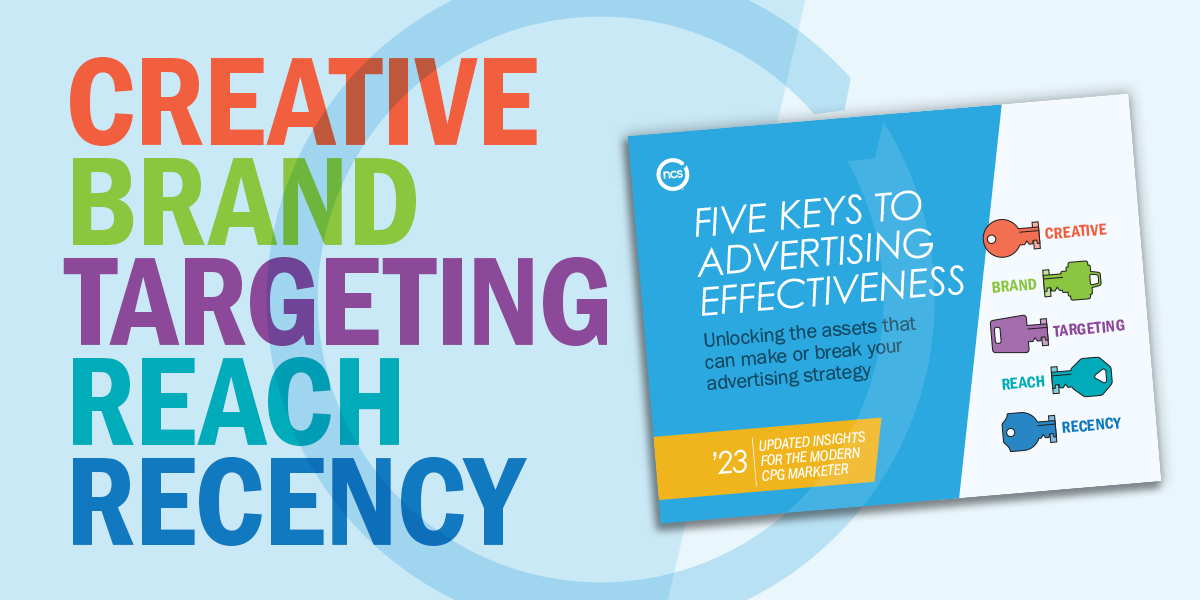 By NCS Marketing
By NCS Marketing
Just when you think the ground under your feet is solid, along comes something to shake it up. In recent years, CPG marketers have faced major shifts, from new technologies like AI to disruptive events like the COVID-19 pandemic and changing consumer shopping behaviors.
These events are monumental, and so it makes sense to ask the question:
How have the drivers of advertising effectiveness changed?
To understand which advertising elements are most responsible for driving incremental sales today, we recently revisited a large-scale meta-study NCS conducted in 2017. This analysis isn’t as deep a dive as the original, but it’s equally informative.
Our first big takeaway: The original keys are still the same.
- Creative: the advertising content that influences purchases through effective use of entertainment and experience.
- Brand: the combination of several long-term factors, including market share, brand penetration and the ability to retain loyal customers relative to the competition.
- Targeting: the measure of how well a campaign was able to reach an intended audience.
- Reach: the number of households reached by a campaign.
- Recency: when a consumer sees an ad in relation to their actual purchase.
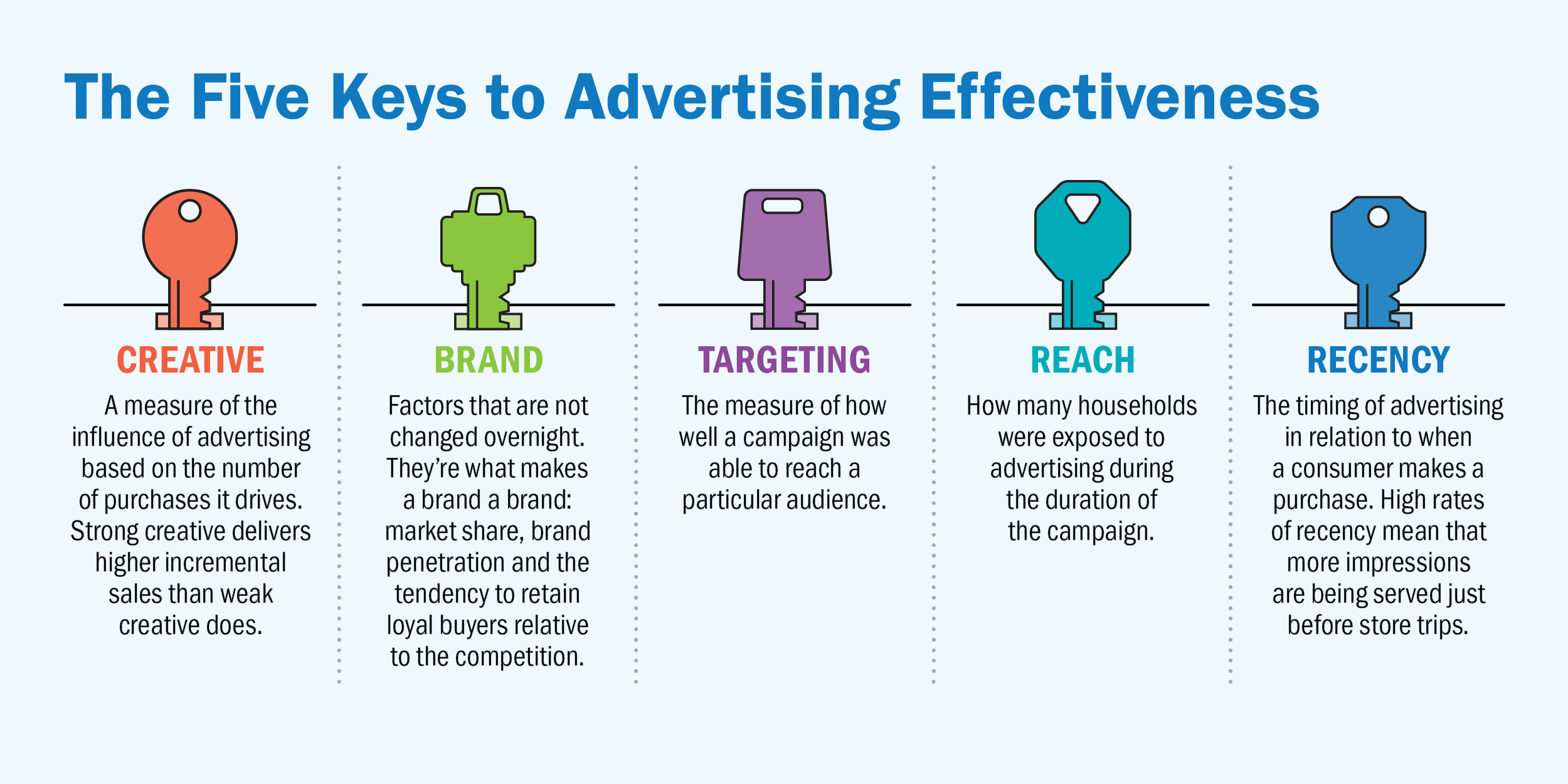 Our second? The balance has shifted. Some keys have more impact today than they did in 2017 - and some have less.
Our second? The balance has shifted. Some keys have more impact today than they did in 2017 - and some have less.
In 2023, the impact of brand loyalty is up by 6% while the impact of reach has decreased by 8%. What hasn’t changed is the impact of creative quality, which still drives 49% of incremental sales.
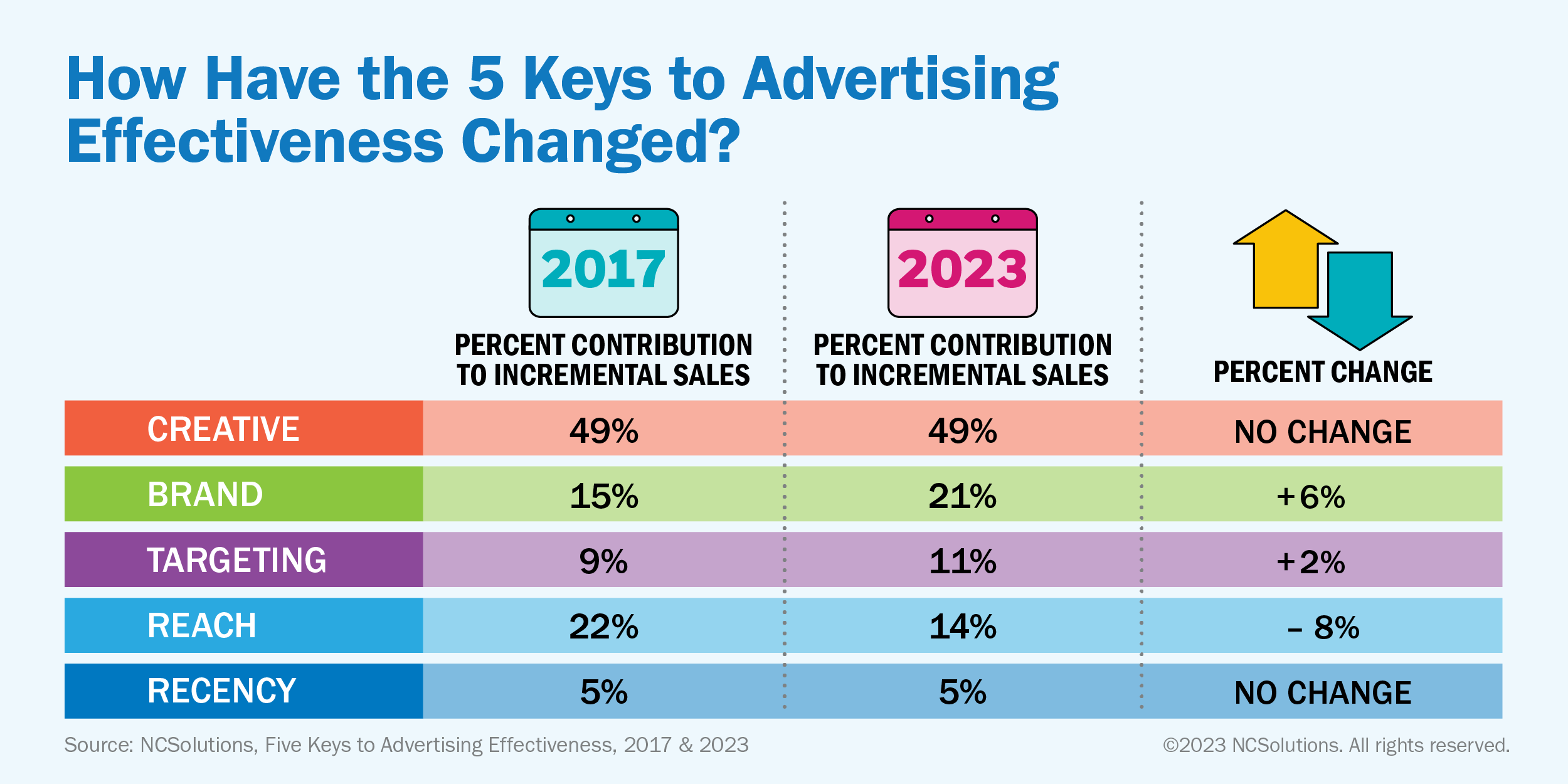 Leaning on the Loyalty Lever
Leaning on the Loyalty Lever
With global supply issues and pandemic-born changes to shopping habits, brand loyalty went through a lot of upheaval in 2020. Whether the usual choice just wasn’t on the shelves or shoppers were seeking excitement by trying new things, it looked for a minute like loyalty would fly out the window. Instead, the opposite happened.
Some of this shift is due to the rise of Gen Z. They’ve recently taken over as the largest age demographic in the U.S. At the same time, their disposable income is rising as they graduate college and enter the workforce. Known for high digital content consumption, Gen Z shoppers also care a lot about how they perceive a brand. Coupled together, this created a generation ripe for becoming brand loyalists - especially when they receive advertising that’s targeted and focused.
That means understanding this generation and their buying habits is more important than ever. And one thing that's becoming increasingly evident is that Gen Zers value personal relationships with the brands they buy from. They want to feel connected to and appreciated by the companies they purchase from; it's no longer just about getting a good deal or finding the lowest price.
Generation Z’s perspective of a brand proves just how valuable brand loyalty has become and indicates how its importance is likely to grow as these young adults become a major shopping force.
Targeting’s Influence Rises
There’s one more major takeaway we want to highlight here: Targeting now influences a campaign’s sales outcome more than ever before. In fact, in 2023, this driver accounts for 11% of incremental sales.
Technology has come a long way since AT&T ran the first digital ad on HotWired.com in 1994 (Which, BTW, people clicked like crazy. Just in case you were wondering.)
Today, it’s possible to get relevant advertising in front of shoppers who are most likely to respond to an ad, and even make changes during the programmatic bidding process while advertising is in flight. At scale.
How to Rebalance the Five Keys
Although the individual influence of each driver has changed, CPG advertisers can still improve effectiveness of advertising by adjusting their campaign strategies to maximize the power of each.
A few key best practices are worth bearing in mind. For instance, marketers can lean into brand loyalty by prioritizing relationships over transactions. They can also optimize creative to drive more impactful results.
It’s all about knowing what your goals are - and how to rebalance the levers in a way that’s most likely to achieve optimal results.
To learn more about the findings from our new Five Keys to Advertising Effectiveness study and unlock the value of your advertising, download the e-book here.
Subscribe for Updates
GET INSIDE THE MINDS OF CPG BRAND MARKETERS
Learn about their data-fueled strategies
SNAG YOUR COPY OF THE REPORT TODAY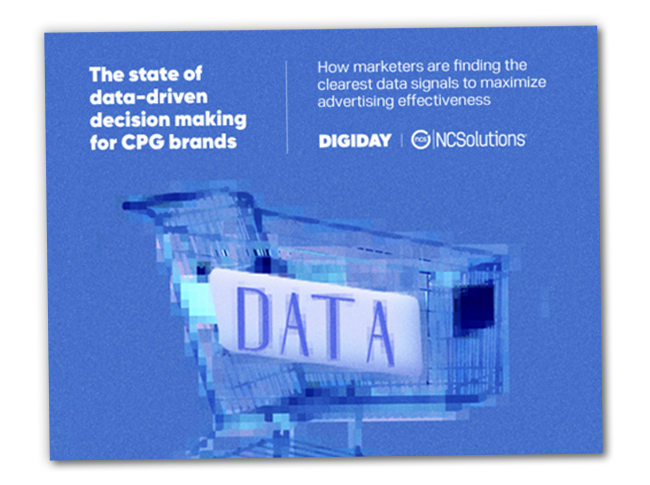
WONDERING HOW CONSUMERS RESPOND TO INFLUENCER MARKETING?
See how creating content drives results
DOWNLOAD YOUR COPY NOW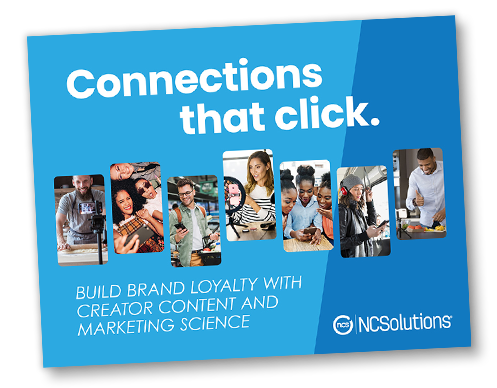
WANT TO KNOW MORE ABOUT HEALTH AND ECO-MINDED SHOPPERS?
Get CPG insights to engage your buyers
ACCESS THE E-BOOK TODAY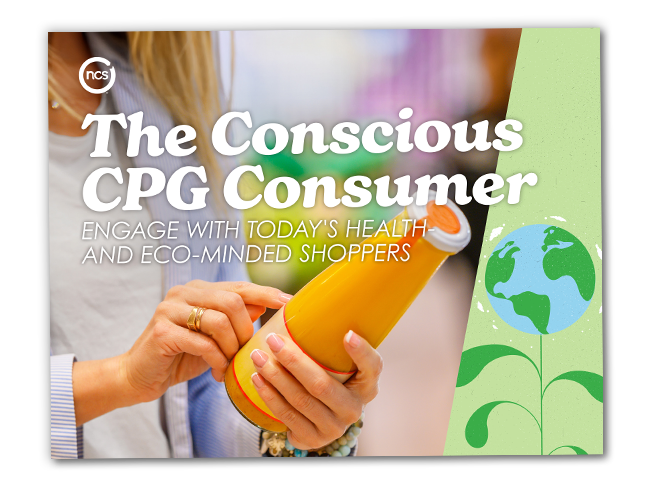


.png)
.png)

